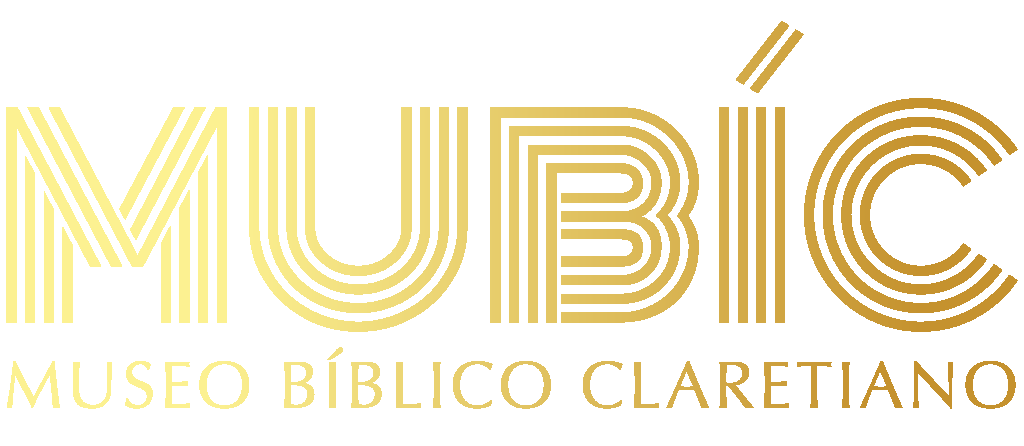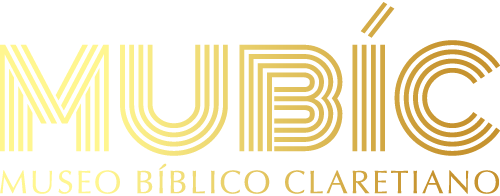



Foro
About Me
When it involves creating customized t-shirts, the type of fabric you select performs a critical function in determining the quality, comfort, and longevity of the print. Completely different materials react to varied printing strategies in unique ways, and understanding these differences can assist be certain that you achieve the absolute best consequence in your design. Whether you're a enterprise owner, a designer, or just somebody interested in creating personalized attire, knowing the most effective fabrics for t-shirt printing is essential.
In this article, we’ll discover the most popular materials used for t-shirt printing, their benefits, and which printing strategies work best for every fabric.
1. Cotton
Cotton is arguably the most popular and widely used fabric for t-shirt printing. Known for its softness and breathability, cotton offers a natural feel that makes it comfortable to wear throughout the day.
Advantages of Cotton:
- Comfortable and breathable: Cotton’s softness makes it a favorite for everyday wear.
- Durability: Cotton can withstand regular washing and wear without losing its shape.
- Print quality: Cotton holds ink well, which makes it excellent for screen printing, direct-to-garment (DTG) printing, and heat transfers.
Best Printing Strategies for Cotton:
- Screen Printing: This technique is ideal for cotton fabrics because the ink soaks into the material fibers, creating vibrant, long-lasting designs.
- Direct-to-Garment (DTG) Printing: DTG is also an amazing option for cotton. The material's absorbent nature permits for detailed, full-color prints.
- Heat Transfers: Cotton’s smooth surface is right for heat transfers, making certain the design adheres well and retains its quality.
2. Polyester
Polyester is an artificial fabric often favored for its moisture-wicking properties and durability. It’s commonly utilized in athletic and performance attire, making it a go-to choice for activewear t-shirts.
Advantages of Polyester:
- Moisture-wicking: Polyester repels moisture, keeping the wearer dry and comfortable throughout physical activity.
- Durability: Polyester is proof against stretching, shrinking, and wrinkles, which makes it ideally suited for long-term wear.
- Lightweight: This fabric is lightweight and has a smooth end, providing a sleek look.
Best Printing Methods for Polyester:
- Sublimation Printing: Polyester is particularly well-suited for sublimation printing. In this process, the ink bonds with the fibers, leading to vibrant, long-lasting prints that won’t fade, crack, or peel.
- Heat Transfers: Polyester works well with heat transfers, although care must be taken to keep away from overheating the fabric, as it can scorch easily.
3. Cotton-Polyester Blends
Blended materials like cotton-polyester provide one of the best of each worlds, combining the softness of cotton with the durability and moisture-wicking properties of polyester. These blends are sometimes used to create t-shirts that provide each comfort and performance.
Advantages of Cotton-Polyester Blends:
- Balanced comfort and durability: Blends offer a combination of softness, breathability, and longevity.
- Versatility: Blends work well for a variety of occasions, from informal wear to activewear.
- Print adaptability: Cotton-poly blends are appropriate with a range of printing strategies, providing flexibility for various design styles.
Best Printing Strategies for Cotton-Polyester Blends:
- Screen Printing: Blends work well with screen printing, although designs will not be as vibrant as they're on 100% cotton.
- Sublimation Printing: While not as preferrred as a hundred% polyester, sublimation can still produce decent results on blends with a higher polyester content material (above sixty five%).
4. Tri-Blends
Tri-blend materials are a mix of three materials—often cotton, polyester, and rayon. This mixture creates a material that is soft, stretchy, and lightweight, making it supreme for trendy, classic-style t-shirts.
Advantages of Tri-Blends:
- Softness: Tri-blends are known for their extremely-soft feel, which makes them comfortable to wear.
- Stretch and durability: The addition of rayon adds elasticity to the material, enhancing each its stretchability and durability.
- Vintage look: Tri-blends are often used to create a heathered look, which is perfect for achieving a classic or worn-in look.
Best Printing Methods for Tri-Blends:
- Screen Printing: This method works well with tri-blends, although it could require special inks to achieve a vibrant outcome as a result of cloth’s absorbent nature.
- Heat Transfers: Tri-blends can work with heat transfers, although care ought to be taken to keep away from scorching the fabric.
- Water-Based Inks: Water-based mostly inks are an excellent choice for printing on tri-blends, as they soak into the fabric, making a soft, breathable print that doesn’t really feel heavy on the fabric.
5. Bamboo Material
Bamboo cloth is an eco-friendly option that has gained popularity because of its softness, antibacterial properties, and sustainability. Bamboo is naturally moisture-wicking and breathable, making it a comfortable alternative for t-shirts.
Advantages of Bamboo Material:
- Eco-friendly: Bamboo is a sustainable resource, making it an ideal option for environmentally aware brands.
- Soft and breathable: Bamboo material is extremely soft and gives wonderful breathability.
- Antibacterial: Bamboo’s natural antibacterial properties make it a hygienic option for apparel.
Best Printing Methods for Bamboo Fabric:
- Screen Printing: Bamboo material works well with screen printing, particularly with water-primarily based inks that complement the fabric’s eco-friendly nature.
- Heat Transfers: Bamboo can be used with heat transfer printing, although it’s essential to decide on eco-friendly transfer supplies to take care of the fabric's sustainable appeal.
Conclusion
When it involves t-shirt printing, the fabric you choose can significantly impact the final product's quality, comfort, and appearance. Cotton and cotton-polyester blends are excellent selections for vibrant prints and on a regular basis wear, while polyester and tri-blends are ideal for performance apparel and achieving vintage styles. Bamboo material offers a sustainable, eco-friendly option that doesn't compromise on comfort or quality. Ultimately, the perfect material for t-shirt printing will depend in your particular needs, the intended use of the t-shirt, and the printing technique you prefer.
If you are you looking for more info about spausdinimas ant marškinėlių have a look at our web-page.
Location
Occupation
Latest Post: Nuevo Testamento Our newest member: vaughnredfern53 Recent Posts Unread Posts Tags
Forum Icons: Forum contains no unread posts Forum contains unread posts
Topic Icons: Not Replied Replied Active Hot Sticky Unapproved Solved Private Closed


